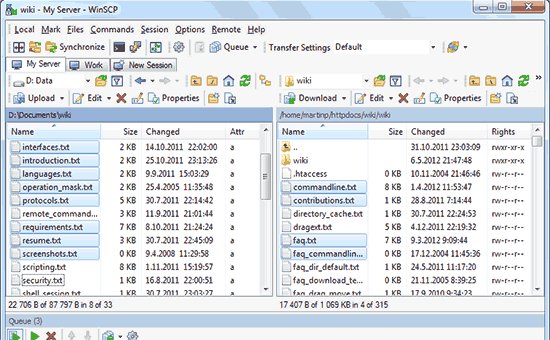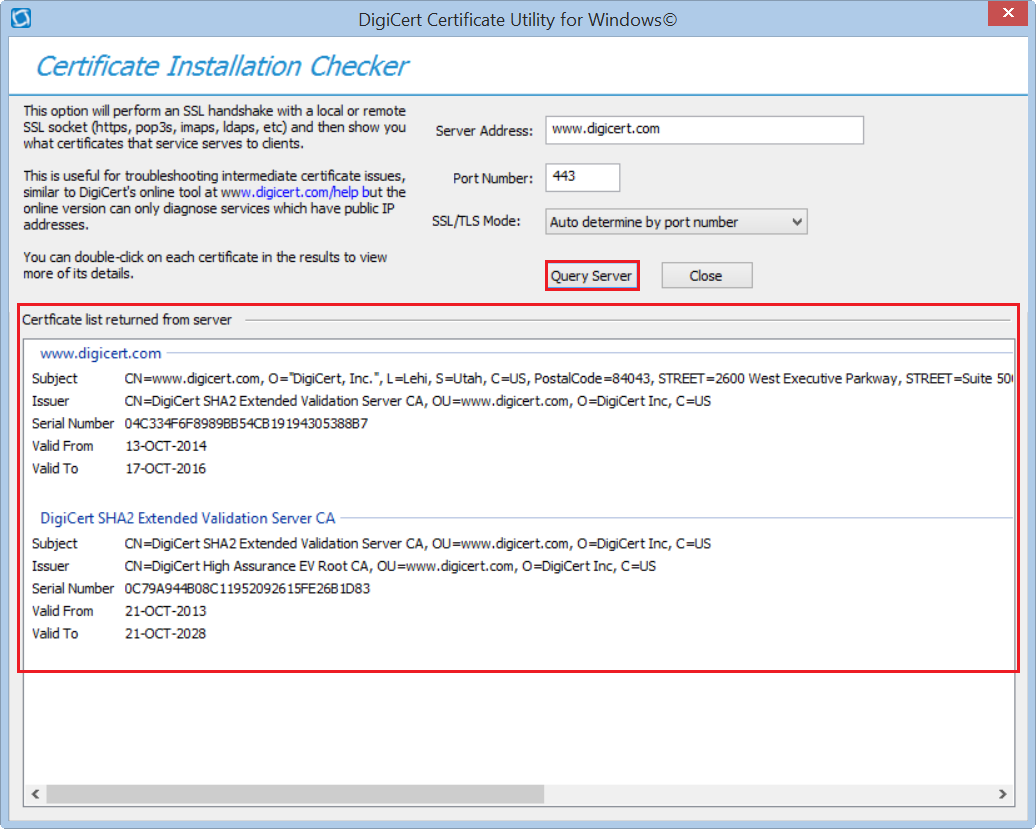
cPanel Hosting is a good choice when you're looking for a web host. It is a web host control panel created by cPanel, LLC. This panel provides both automation tools as well as a graphical interface to website owners. Hosting your website is easy with it. You can access your site from any standard web browser. cPanel can be divided into three tiers.
cPanel hosting
cPanel is a web hosting control panel software that provides a graphical user interface and automation tools. It simplifies the hosting process for website owners. It can also be managed via a standard web browser. It has a three-tier structure that makes managing and monitoring your website easy.
cPanel has many useful features for webmasters, including an intuitive interface to install CMS add-ons and web applications. Webmasters can also manage their files and data with cPanel. It can be used to manage multiple domains. This is a great feature for webmasters with multiple sites. Users can also manage emails, set encryption levels, manage passwords, and install firewalls and security plug-ins.

cPanel control panel
The cPanel control center is a web-hosting control panel developed by cPanel, LLC. The control panel features a intuitive user interface and automated tools that allow you to manage your website. This control panel uses a 3-tiered structure that makes it easy to manage your website.
Click on the appropriate menu item to access different functions within the cPanel control panels. You can choose files to move by selecting them and entering the new path. Then click "Move File(s)." You should be aware that modifying cPanel file can have a negative impact on your server. You can also edit certain areas of your dashboard, change passwords, or add new cPanel users.
Cost of cPanel hosting
Users are outraged at the recent price rise for cPanel. The new pricing structure that requires monthly subscriptions is designed to make it easier to add servers. However, it's still unclear exactly how this new policy will affect them.
Costs for cPanel hosting depend on several factors. If your website contains large files, you will require more space. You will need to consider the type of website that you are creating. An eCommerce website will require a lot of resources, tools, and storage space, including a lot of SSD storage. The cPanel plan you choose will determine how much space your website files will need.

Comparing cPanel hosting with other control panels
The cPanel control panel is widely used for hosting sites. Webmasters like its many online resources. DirectAdmin has limited functionality and high prices for expansion. cPanel, however, is unlimited in its expansion possibilities. Advanced users can also customize the panel to increase its features.
cPanel, in addition to its extensive feature set is open-source and free software. These panels were developed by the community behind these alternative software. They differ in how they work with different software. cPanel is only compatible with Linux platforms. However, WHM and other alternatives offer graphical user interfaces. These control panels offer a variety of interfaces that are both intuitive and easy to use for beginners and more advanced developers.
FAQ
How much do web developers make?
When working on a website for yourself, you'll probably earn around $60-$80 per hour. But if you want to charge a lot more, you should consider becoming an independent contractor. An hourly rate of $150-200 could be possible.
Do I need a portfolio to get hired as a web designer?
Yes. When you are applying for a job as a web developer or designer, a portfolio is crucial. Portfolios must showcase your skills and experiences.
A portfolio typically includes samples from your past projects. These could be any project that showcases your talents. Your portfolio should include everything: wireframes and mockups as well as logos, brochures, websites, apps, and even logos.
WordPress: Is it a CMS or not?
Yes. It is a Content Management System (CMS). Instead of using Dreamweaver or Frontpage, a CMS lets you manage your website content directly from your web browser.
WordPress is free! Other than hosting, which you usually get from your ISP.
WordPress was originally created to be a blogging platform. But WordPress now offers many more options, such as eCommerce sites or forums, membership websites and portfolios.
WordPress is simple to install and configure. To install WordPress, you will need to download the installer file from their website. Once it is downloaded, upload it to your server. Next, simply go to your domain name via your web browser and log into your new site.
After installing WordPress, register for a username/password. Once you log in you'll be able access all your settings via a dashboard.
From here, you can add pages, posts, images, links, menus, widgets, and plugins. If you are comfortable creating and editing content, you can skip this step.
You can, however, hire a professional Web designer to handle the whole thing if your preference is to work with another person.
How do I choose a domain name?
It is important that you choose a domain name that is memorable. A great domain name will help people find your site when they search for your product.
Your domain name should be concise, memorable, unique, relevant, and easy to remember. Ideal domain names are something people would type into their browser.
Here are some tips for choosing a domain name:
* Use keywords that relate to your niche.
* Do not use hyphens (-), numbers or symbols.
* Don't use.net or.org domains.
* Avoid using words that are already taken.
* Avoid using generic terms like "domain"/website.
* Make sure it's available.
How to create a static website
You have two options when creating your first static site:
-
Content Management System, also known as WordPress. WordPress is a Content Management System (a.k.a. This software can then be used to create an indispensable website.
-
Creating a Static HTML Website: In this case, you'll need to write your HTML/CSS code. It's not hard to do if you already understand HTML.
You might consider hiring an expert to design your website if you are planning to build a large site.
You should start with option 2.
Statistics
- It enables you to sell your music directly on your website and keep 100% of the profits. (wix.com)
- In fact, according to Color Matters, a signature color can boost brand recognition by 80%. There's a lot of psychology behind people's perception of color, so it's important to understand how it's used with your industry. (websitebuilderexpert.com)
- At this point, it's important to note that just because a web trend is current, it doesn't mean it's necessarily right for you.48% of people cite design as the most important factor of a website, (websitebuilderexpert.com)
- It's estimated that in 2022, over 2.14 billion people will purchase goods and services online. (wix.com)
- When choosing your website color scheme, a general rule is to limit yourself to three shades: one primary color (60% of the mix), one secondary color (30%), and one accent color (10%). (wix.com)
External Links
How To
What is website hosting?
Website hosting describes where visitors go when they visit a site. There are 2 types.
-
Shared Hosting - This is your cheapest option. Your website files reside on a server controlled by someone else. When customers visit your site, their requests travel over the Internet to that server. The request is sent to the server's owner who then passes it on to you.
-
Dedicated hosting: This is the most costly option. Your website is hosted entirely on one server. Your traffic is private because no other websites have shared space on this server.
Because it is less expensive than dedicated hosting, shared hosting is preferred by many businesses. With shared hosting, the company that owns the server provides the resources needed to run your website.
But there are pros and cons to both options. Here are the differences:
Pros of Shared Hosting
-
Lower Cost
-
It's easy to set up
-
Frequent Updates
-
It is possible to find it on many web hosting companies
Hosting shared can be as low as $10 per month. Keep in mind, however, that bandwidth is usually included in the price. Bandwidth refers the data that you can transfer over the Internet. Even if you upload only photos to your blog you might still have to pay more for large amounts of data that you transfer through your account.
Once you begin, you will soon see why you spent so much on your previous host. The majority of shared hosts offer limited customer support. You'll be on your way after they walk you through setting it up.
Providers that offer 24-hour customer support are worth looking into. They will help you deal with any issues that arise while your sleeping.
Cons of dedicated hosting
-
More Expensive
-
Less common
-
Requires specific skills
With dedicated hosting you will have everything you need to manage your website. You don't need to worry about bandwidth usage or RAM (random access memory).
This means you'll have to spend more upfront. Once you get started with your online business, you will find that you don't require much technical support. You will become an expert in managing your servers.
Which is better for my business?
The answer will depend on the type and purpose of your website. Shared hosting might be best if you just want to sell products. It is simple to set up and easy to maintain. It's easy to set up and maintain, as you share a server with other sites. You will likely be updated frequently.
If you want to create a community around a brand, dedicated hosting may be the best choice. You can focus on building your brand without worrying about handling your traffic.
If you're looking for a web host that offers both options, we recommend Bluehost.com. They offer unlimited data transfers per month, 24/7 support and free domain registration.